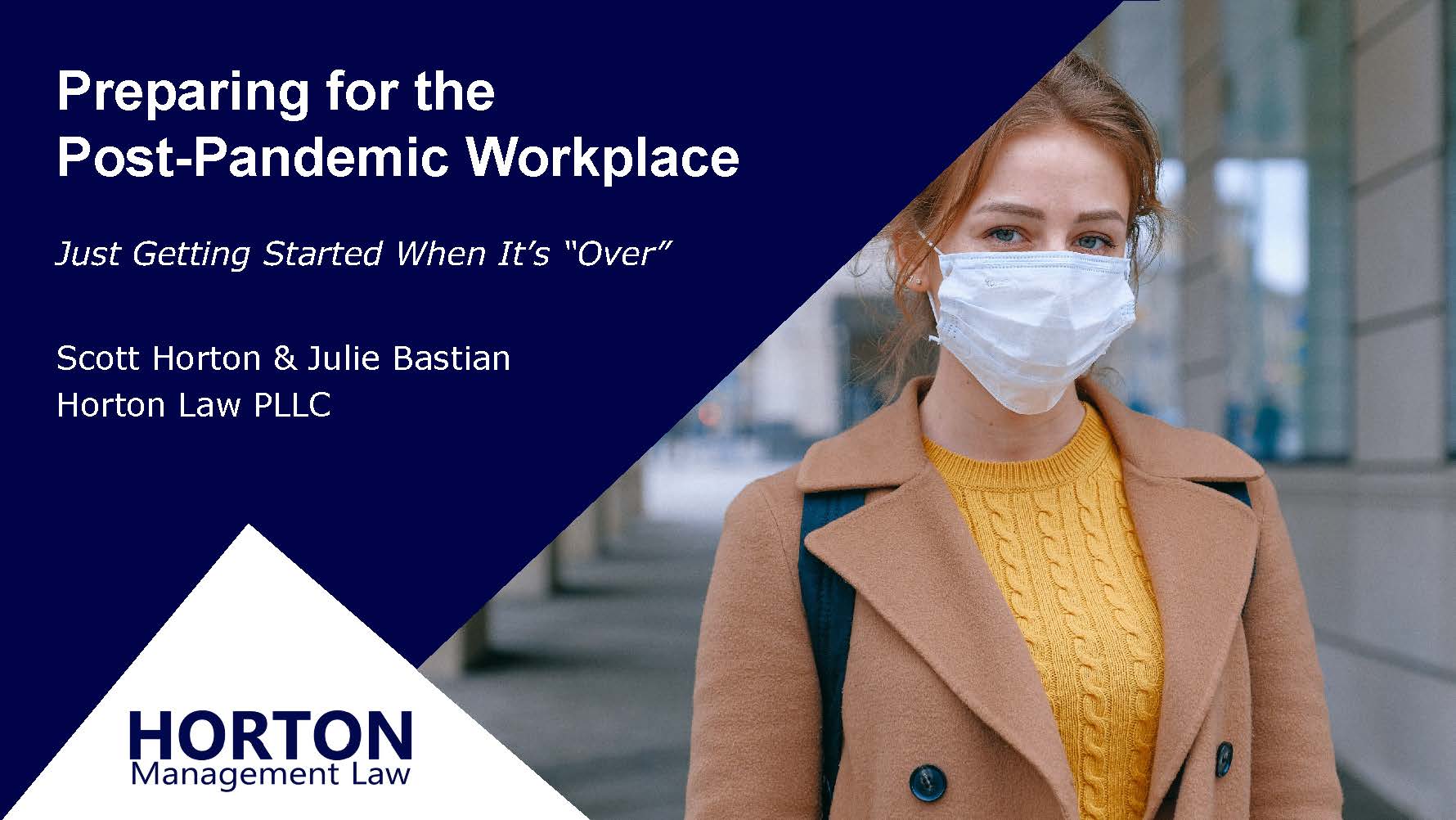On May 14, 2020, New York Governor Cuomo signed an executive order extending business closures statewide through May 28, 2020, except as reopening is allowed under a previously announced 4-phased rubric. The State is taking a data-driven, highly regulated approach. The timeline for reopening will depend on health metrics within each of the 10 regions of New York. Once reopening in a region begins, it will proceed in four phases in which different industries can reopen to varying degrees. Phase 1 includes several business sectors where companies can more easily limit close person-to-person contact.
The State has issued initial guidance for businesses able to reopen during Phase 1. This information is also crucial for companies that have remained open as essential businesses. They too must satisfy New York’s latest restrictions to continue to operate.
Regional Approach
So far, Governor Cuomo has controlled most aspects of statewide closings. As of May 15, 2020, he is shifting more responsibility to 10 regional “Control Rooms” across the state. Each regional control room has a “Captain” and consists primarily of the top elected leaders of the constituent counties and cities.
These are the 10 regions, with their regional control room captains:
Capital Regional: Major General Patrick A. Murphy
Central New York: Matt Driscoll
Finger Lakes: Bob Duffy
Hudson Valley: Mike Hein
Long Island: Eric Gertler
Mohawk Valley: RoAnn Destito
New York City: Rossana Rosado
North Country: Erik Kulleseid
Southern Tier: Basil Deggos
Western New York: Lt. Governor Kathy Hochul
Within each of these regions, Phase 1 of the reopening plan can only begin after 7 metrics are met. The State has created an online dashboard to track the metrics daily.
According to Governor Cuomo, the Control Rooms can (and should) “dial back” reopening measures if the data heads back in the wrong direction. The Control Rooms will also be responsible for answering questions from companies unsure of what the reopening parameters mean for them.
Phase 1 Industries
New York has identified the following business groups for inclusion in Phase 1 of the reopening process:
- Construction
- Agriculture, Forestry, Fishing, and Hunting
- Retail (Limited to curbside or in-store pickup or drop off)
- Manufacturing
- Wholesale Trade
The State’s reopening website lists sub-categories under each of these industry categories. For example, construction specifically includes “land subdivision” as well as nonresidential and residential building construction, among others. And retail includes things like clothing stores, florists, and “direct selling establishments.”
Reopening Guidelines
The State has issued industry-specific reopening guidelines for each of the Phase 1 business groups. This guidance includes both “Summary Guidelines” and a longer “Detailed Guidelines.”
Even the shorter “summary” guidance documents are extensive. They seem to build on federal CDC and OSHA guidance with additional recommendations and requirements designed to keep employees and customers safe from contracting COVID-19.
Businesses that choose to reopen (or remain open if they have already been operating as essential) must review and affirm their compliance with the detailed guidelines for their industry. The guidance documents currently available indicate they are “interim” in nature. Companies must continue to monitor the latest requirements and best practices:
“These guidelines are minimum requirements only and any employer is free to provide additional precautions or increased restrictions. These guidelines are based on the best-known public health practices at the time of Phase I of the State’s reopening, and the documentation upon which these guidelines are based can and does change frequently. The Responsible Parties – as defined below – are accountable for adhering to all local, state and federal requirements relative to [the applicable industry]. The Responsible Parties are also accountable for staying current with any updates to these requirements, as well as incorporating same into any [industry] activities and/or Site Safety Plan.”
The guidance documents also add:
- “In addition to the following standards, both essential and non-essential businesses must continue to comply with the guidance and directives for maintaining clean and safe work environments issued by DOH.”
- “Please note that where guidance in this document differs from other guidance documents issued by New York State, the more recent guidance shall apply.”
Guidance Categories
The industry-specific guidelines include sections addressing people, places, and processes.
“People” sub-components include requirements for:
- physical distancing;
- gatherings in enclosed spaces;
- workplace activity; and
- movement and commerce.
“Places” covers:
- protective equipment;
- hygiene and cleaning;
- phased reopening; and
- communication plans.
“Processes” relates to:
- screening and testing; and
- tracing and tracking.
Employer Plans
All businesses eligible to reopen must develop written safety plans. The State has created a safety plan template that companies may choose to use. Each company must post their safety plan “conspicuously” onsite.
The safety plan template follows the structure of the guidelines using the people, places, and process sections. Each section includes pre-printed requirements along with blanks to add additional company-specific precautions.
The template concludes with an “other” section where businesses can add information.
During Governor Cuomo’s press conference on May 14, 2020, Secretary to the Governor Melissa DeRosa confirmed that companies would not submit these plans for State approval. However, she cautioned that companies will be held to complying with their established plans. In essence, the plans will be used to hold businesses accountable if they do not maintain adequate safety precautions after reopening.
Affirmation
Despite not having to submit their individual safety plans, companies must confirm their review of New York’s reopening guidelines. The detailed industry-specific guidance documents link to an online form that businesses must submit to the State. The form asks the company to indicate which Phase 1 industry they belong to. The person completing the form must enter their name and contact information along with the business name and address.
In submitting the form, the user agrees that:
“I am the owner or agent of the business listed. I have reviewed the New York State interim guidance for business re-opening activities and operations during the COVID-19 public health emergency and I affirm that I have read and understand my obligation to operate with such guidance.”
General Requirements
Though each set of industry guidelines varies in some ways, most/all contain similar basic concepts. Here are some of them:
- Employers must implement some form of mandatory health screening assessments before employees begin work each day.
- Employees must maintain 6 feet between each other, unless safety or a core work function requires closer proximity.
- Employers must provide employees with an acceptable face covering at no cost to employees.
- In-person gatherings must be limited as much as possible.
- Signs throughout the worksite must emphasize proper hygiene, social distancing rules, appropriate use of PPE, and cleaning and disinfecting protocols.
- Companies must maintain logs of all workers and visitors who might have close contact with other individuals at the site.
- Employers must notify State and local health departments if a worker tests positive for COVID-19 and assist with contact tracing efforts.
All of these items, along with others, appear on the State’s safety plan template.
Top Priorities for Phase 1 Businesses
If your business falls into a Phase 1 industry, you must review the relevant guidance documents. They are available at https://forward.ny.gov/industries-reopening-phase.
Your company must submit the compliance affirmation and prepare and post a written safety plan. Of course, this requires you to evaluate the realities of your operations and modify them accordingly. As the State documents emphasize, these are only the legally-mandated minimum requirements. Governments officials may shut you down or take other action if you are not complying. However, satisfying the State’s guidelines does not guarantee that the coronavirus cannot be spread in your facilities. Moreover, it likely will not provide an absolute defense to possible claims by employees or other individuals that your business is unsafe or that the company is responsible for them contracting COVID-19.
Unfortunately, much is still unknown about this virus and related diseases. Thus, all “best practices” are still uncertain and subject to change. Therefore, your business must continue to monitor the latest developments and adapt accordingly.
Horton Law continues to monitor the evolving requirements for all New York businesses. Sign up for our email newsletter to receive our latest blog posts and announcements of upcoming free webinars on this topic. You can also follow us on LinkedIn for even more frequent updates.


